Surely if you want to associate the image of a good Iberian ham to a landscape, this will be Dehesa of Extremadura.
Indeed, although Iberian hams are currently produced in different areas of Spain, such as Salamanca, Teruel, Córdoba or Huelva, it is in the Extremadura pasture, specifically, in the badajoz province, where people live in a very special way Iberian pig culture and the production of hams.
These are areas of the Badajoz mountain range which cover three regions and groups 33 municipalities where their economy is based on the production of Iberian ham.
Una route by car Through several of these towns it will allow you not only to taste the most exquisite Iberian ham, but also to delve deeper into its culture. And that end is fulfilled by Iberian Ham Route Dehesa de Extremadura.
Iberian Ham Route Dehesa de Extremadura
This route must go through towns such as Fregenal of the Sierra, Royal Fig Tree, Jerez de los Caballeros, Llerena y Monstery, where you can also discover an interesting cultural heritage.
But how can you know the keys to a good Iberian ham?
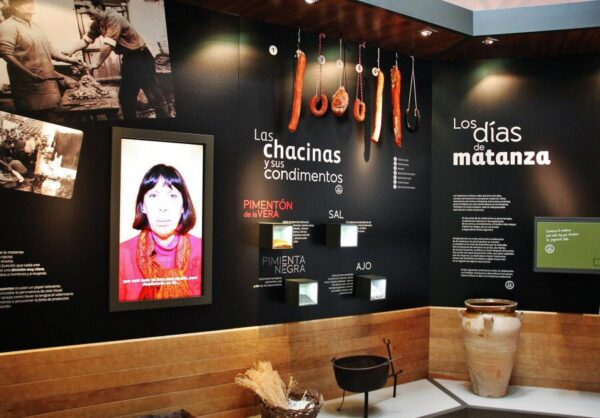
During this route you can visit museums and interpretation centers dedicated to Iberian ham. Specifically, the Monesterio Ham Museum, where with the help of audiovisual and interactive devices you discover the characteristics of a good ham from this land of Extremadura.
Or also in the Interpretation Center of the Iberian Pig in Higuera la Real, located in an old cloister of a Jesuit monastery.
In these visits you discover that the pastures of Jerez de los Caballeros They are the largest forest in Spain, covering the southwest of Badajoz and the north of the provinces of Huelva and Seville.
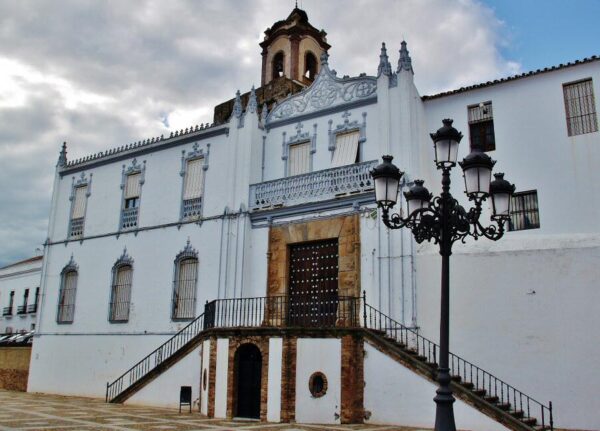
There are more than 300.000 hectares of cork oaks and holm oaks, which during the the montanera, from mid-October to mid-March, are occupied by Iberian pigs that feed on acorns in the wild.
During this time the pigs travel great distances in search of acorns to feed on, and at the same time they gain weight, their muscles gain great consistency and infiltration of their fat into the meat.
During your drive through these mountain ranges you can see beautiful landscapes of endless pastures, with the end of winter or spring being an ideal time. The use of this ecosystem is completed by raising livestock and cutting down trees.
The production of a good Iberian ham, according to tradition in this region of Extremadura, begins at the time of slaughter, when the hams are extracted from the pig and pressed to extract the blood or any fluid it may contain.
Next, the ham is cooled to 0 degrees for at least one night and, the next day, it is pressed again and finished outlining the characteristic V shape that a ham has.
The time has come to place the hams in piles of salt for approximately 21 days, although there is a formula of a day and a half for each kilo of weight of the ham.
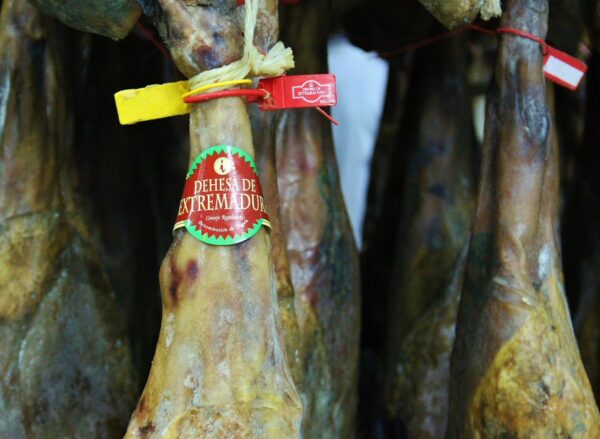
After cleaning it with a cloth with hot water, the hams arrive at the drying cellars, where the curing process takes place for about two years.
Ham drying warehouses in Extremadura
In the Iberian Ham Route Dehesa de Extremadura you have the possibility visit ham drying wineries.
They may well be industrial warehouses, like the one in Cayetano Paontojo, in Higuera la Real, which I visited during my trip along that route.
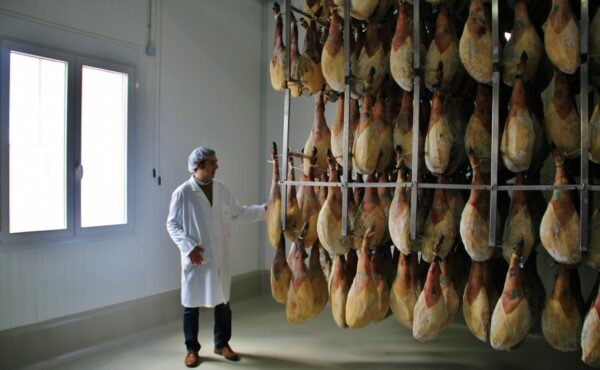
There the hams have a first process of artificial drying for 90 days, to then move on to natural drying, which in the case of acorn-fed shoulders lasts two years, and in the case of acorn-fed hams, it lasts up to three years.
Or you can also see ham drying warehouses with totally natural processes, such as Iberian Hams from Fregenal de la Sierra, which occupies a building from 1902 located in the center of said town, and which was initially a tobacco drying room.
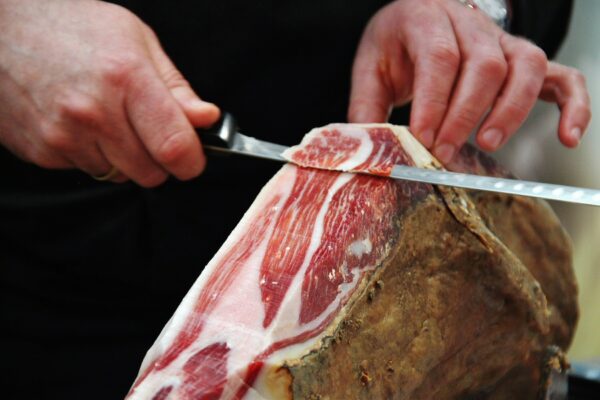
In this drying room the ham is cured with the air that enters directly through the windows, without an artificial air conditioning process. Of course, in the first phase the hams are placed in rooms of the winery where the temperature does not exceed 21 degrees, not even in summer.
ORGANIZE your TRIP
- Don't forget your TRAVEL INSURANCE with a 5% discount
- Book the HOTEL for your trip
- RENT a CAR for your trip
- The best TOURS and EXCURSIONS in Spanish
- NO-LINE TICKETS for museums and monuments
- Best FREE TOURS around the world
- Book your TRANSFER from the airport
- eSIM card with INTERNET at the best price
In a second phase, the hams are exposed to temperatures of up to 32 degrees, which causes the fat to drip and the flavors and smells to come out.
As a curiosity, you should know that the white flora that sometimes covers the ham is not harmful to it. Quite the opposite of the green flora, which is eliminated by bathing the ham in oil, which kills the mold.

Y What is better, a shoulder or a leg of ham? I'm sure there are different opinions, but on that trip they recommended the popsicles because they are tastier, although yes, they are less used due to the difficulties when cutting.
By last, What is a good Iberian acorn-fed ham like?? According to what they told me, it must be a long ham, with a black hoof, and a thin shaft. It costs between 35-40 euros per kilo, and on average, from an 8 kilo leg you can get 4 kilos of ham.
A good ham cutting professional will take about two hours to get the most out of it. Now do you feel like eating a good Iberian ham?
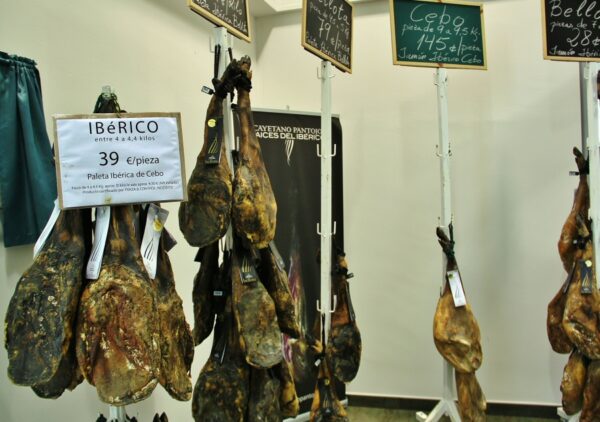


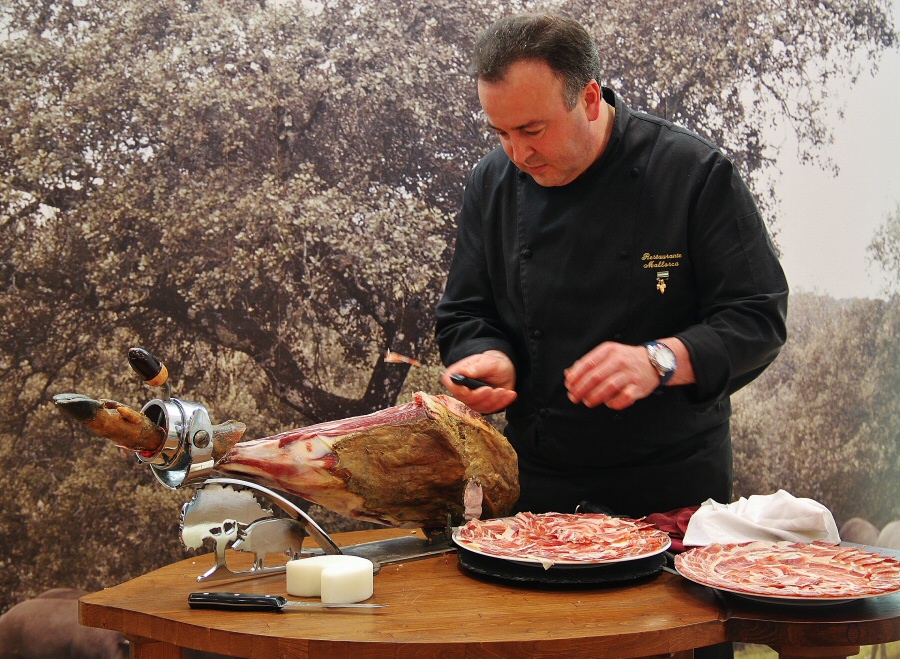














Comment